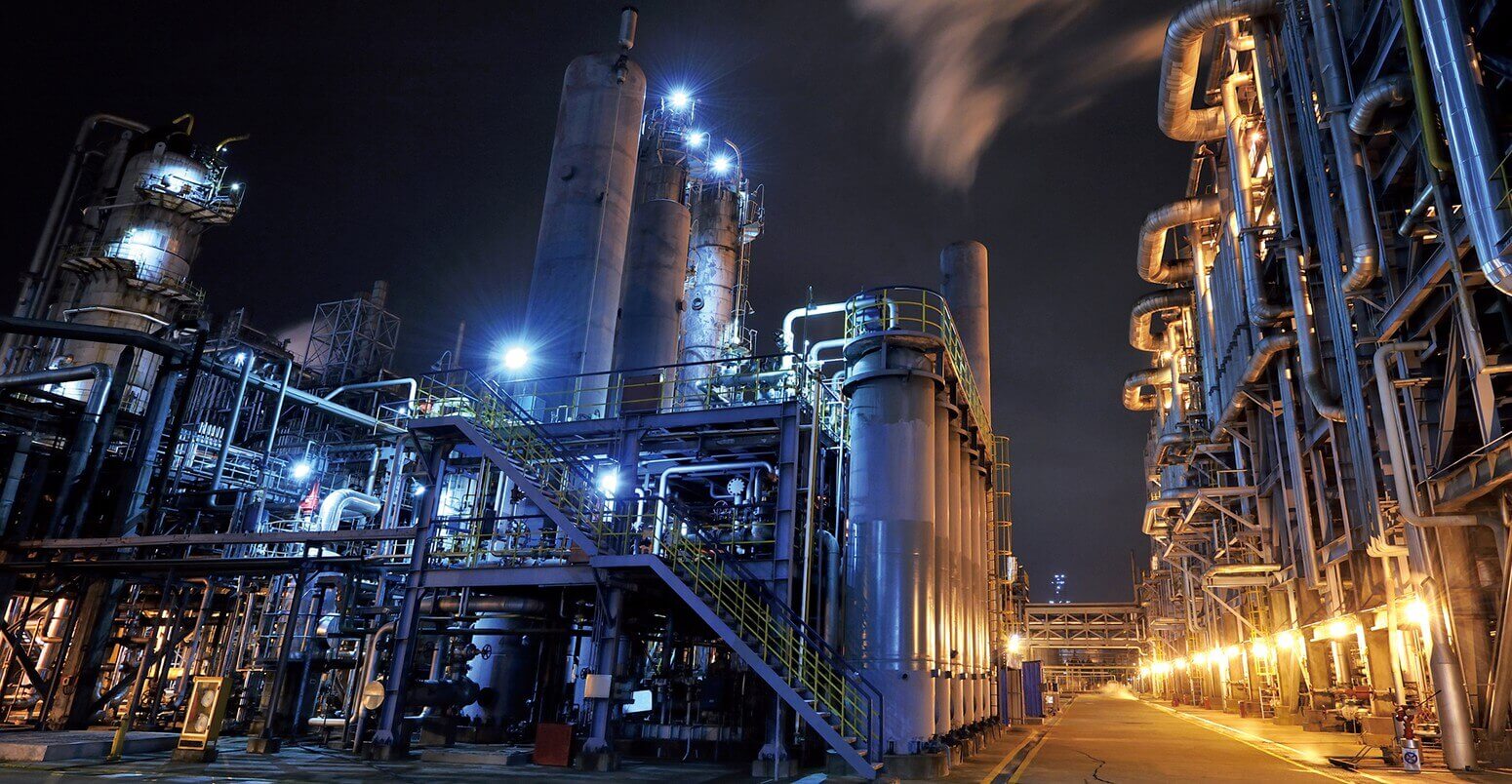Description
Level sensors with a magnetostrictive, high-resolution measuring principle are used for continuous level measurement of liquids and are based on determining the position of a magnetic float following the magnetostrictive measuring principle. The sensors are mounted on the outside of a bypass level indicator.
The measuring process is triggered by a current impulse. This current produces a circular magnetic field along a wire made of magnetostrictive material, which is held under tension inside the sensor tube. At the point being measured (liquid level) there is a cylindrical float with permanent magnets acting as a position transducer, whose field lines run at right angles to the impulse magnetic field. This magnetic field of the float tensions the wire.
The superposition of these two magnetic fields triggers a mechanical wave in the wire. This is converted into an electrical signal at the end of the wire in the sensor housing by a piezoceramic pick-up.
By measuring the elapsed transit time, it is possible to determine the start point of the torsional stress wave and therefore the float position with a high degree of accuracy.
Applications
- Sensor for continuous level measurement of liquids in bypass level indicators
- Chemical, petrochemical, offshore industries
- Shipbuilding, machine building
- Power generating equipment, power plants
- Pharmaceutical, food, water treatment, environmental engineering industries
Special features
- Continuous level measurement on the outside of the bypass
- 2-wire technology 4 ... 20 mA
- Measured value output via digital interface and a selectable measured value as analogue signal
- Case from stainless steel (display from glass)
- Magnetostrictive level measuring instrument with high resolution


